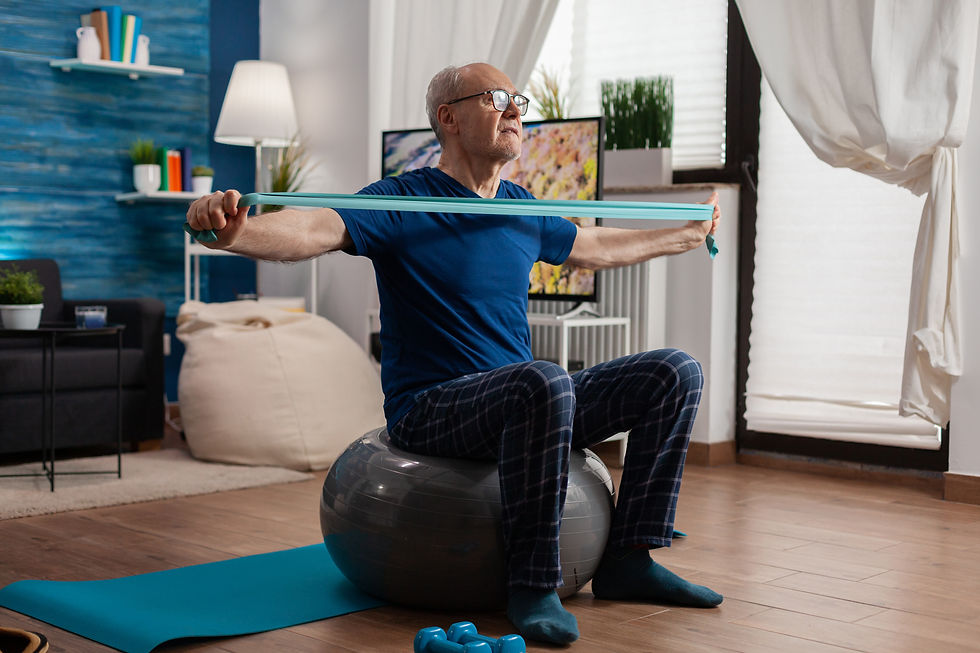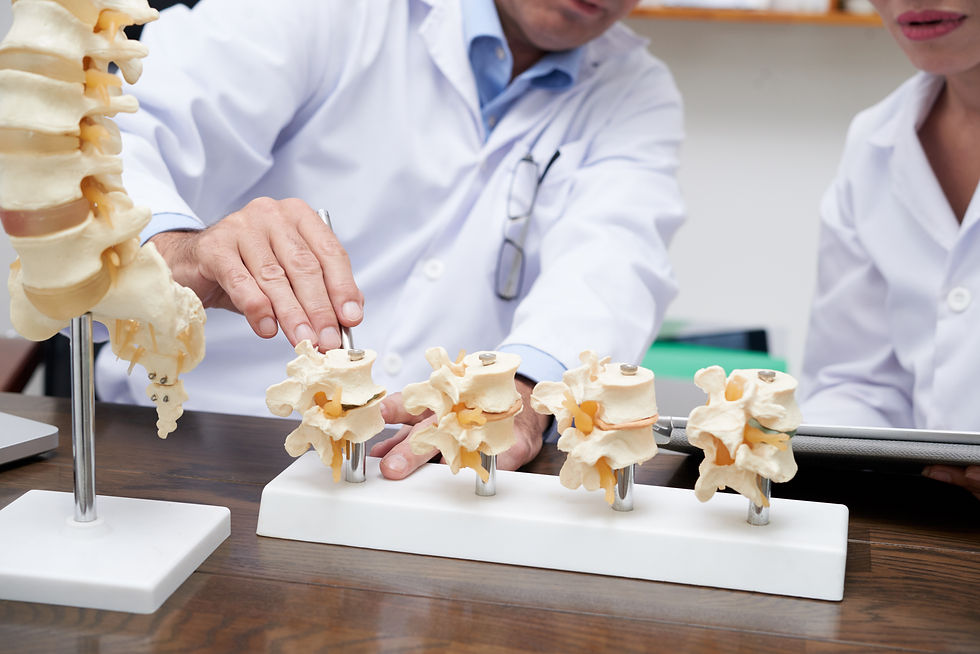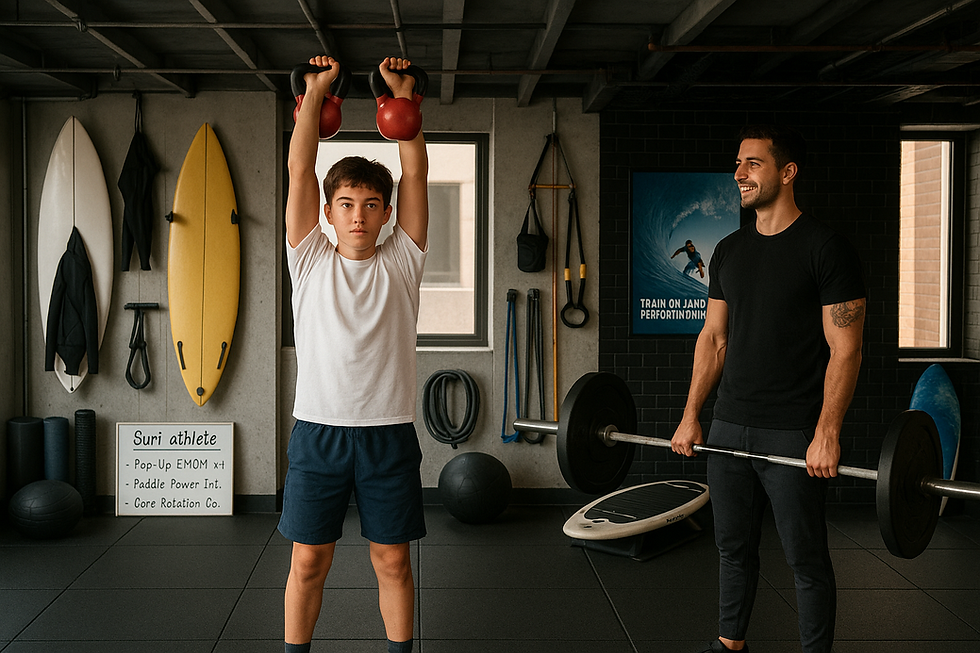Exercise Oncology: What We Know & Why It Should Be Part of Every Cancer Care Plan
- Jordan Pollard

- Jun 16
- 3 min read

Cancer is one of the leading global health concerns, but there’s good news: Exercise is one of the most powerful tools we have for both prevention and treatment. While the field of exercise oncology continues to grow, we already have strong, irrefutable evidence that movement improves cancer outcomes at every stage.
Let’s break down what we know for certain and how exercise should be seen as a fundamental part of cancer care.
1. Exercise Reduces Cancer Risk—That’s a Fact
Decades of research confirm that regular physical activity significantly lowers the risk of developing several cancers, including:
Breast cancer (20-30% lower risk)
Colorectal cancer (30-40% lower risk)
Lung cancer (20% lower risk)
Prostate cancer (up to 30% lower risk of aggressive cases)
Why? Exercise regulates hormones (like estrogen and insulin), reduces chronic inflammation, and boosts immune function, all factors directly influencing cancer development.
The takeaway: Movement isn’t just good for general health, it’s a proven cancer prevention tool.
2. Exercise Enhances Cancer Treatment & Reduces Side Effects
For those undergoing chemotherapy, radiation, or immunotherapy, exercise is a game-changer. It does not weaken the body, rather, it enhances resilience.
What we know for sure:
Exercise reduces cancer-related fatigue, the most common side effect of treatment. (Meta-analysis: 44% reduction in fatigue with regular physical activity).
Resistance training prevents muscle loss, maintaining strength and independence during treatment.
Aerobic exercise improves cardiovascular health, counteracting the negative effects of some cancer treatments on the heart.
Regular movement supports mental health, reducing anxiety and depression that often accompany a cancer diagnosis.
The takeaway: Cancer treatment is hard, but exercise makes it easier and more effective.
3. Exercise Increases Survival & Lowers Recurrence Risk
Once treatment is over, the priority shifts to staying cancer-free, and this is where exercise plays a critical role.
Breast cancer survivors who exercise regularly have up to a 50% lower risk of recurrence.
Colorectal cancer survivors who engage in 150+ minutes of moderate activity per week have a 40-50% reduction in mortality risk.
Prostate cancer patients who maintain physical activity have better survival outcomes and fewer complications from treatment.
These aren’t small numbers. Exercise isn’t just about recovery, it’s about long-term protection. Although the specific statistics may differ for each cancer and the type of exercise you undergo, the trend remains the same among most cancers; doing exercise during and post-treatment increases survival outcomes, with fewer complications and side effects, and reduces the risk of cancer recurrence and mortality risk.
The takeaway: Survivorship plans must include movement as a non-negotiable element.
4. The Future of Exercise Oncology: Building on a Solid Foundation
While ongoing research explores how exercise interacts with cancer at a molecular level, the practical takeaway is already clear: exercise is essential. The question isn’t if it works, it’s how much more it can improve outcomes when personalised to an individual’s needs.
Emerging research suggests that:
Exercise may enhance the effectiveness of chemotherapy and immunotherapy by improving drug circulation and immune response.
Specific types of training (like high-intensity interval training) could provide additional protective benefits.
The "exercise prescription" for cancer will become increasingly personalised, much like medication dosages.
Moving Forward with Confidence
Cancer is unpredictable, but one thing is certain: Exercise is a powerful tool for prevention, treatment, and survivorship. Whether you're looking to lower your risk, improve your treatment experience, or stay cancer-free for life, movement should be part of your plan to Living Younger for Longer.
If you or a loved one is navigating cancer, seek guidance from your GP or an exercise physiologist to build a safe, effective program tailored to your needs. Science supports it, your health depends on it.



Comments